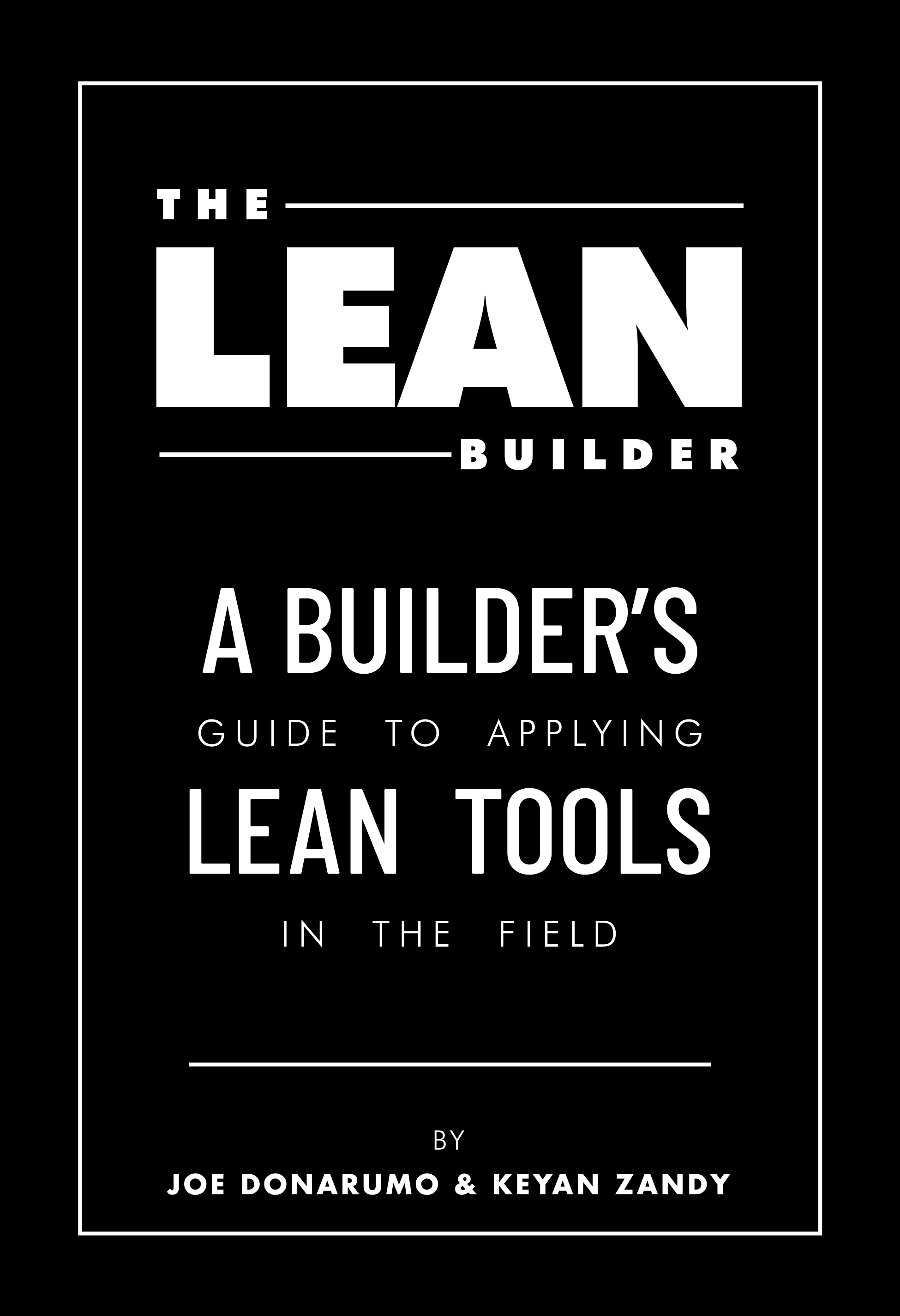
Portable power drills are some of the most useful tools in the construction industry, but without taking the proper safety precautions they can quickly become some of the most dangerous.
According to a study released by the U.S. Consumer Product Safety Commission, more than 2,500 people receive hospital treatment a year due to power drill injuries.
Causes of these injuries include being struck by flying drilling material, bit punctures, trips and electric shock. While most of these injuries are minor, requiring only a few days away from work, the potential for a much greater tragedy is always present.
To prevent injuries associated with power drills, OSHA makes employers responsible for the safe condition of tools and equipment used by employees, including tools and equipment which may be furnished by employees.
In addition to meeting these requirements, it is important to train employees on proper maintenance and safe handling of power drills. Here is a quick look at steps employees can take to prevent some of the most common power drill injuries.
Preventing Electric Shock
The energy source for portable power drills either comes from a wall socket or a battery. When a drill is treated roughly, dropped or hit against things, or comes into contact with moisture, the insulation can weaken.
This weakened insulation can cause a drill to become “live.” A live drill, if exposed to moisture, can cause an electrical shock. To prevent electric shock employees need to:
- Look for breaks, exposed wires or looseness at the plug or housing connections. Unless the drill is double insulated, be sure there is a ground wire and the third prong has not been cut off.
- Only use extension cords that are free of splices, taps, bare wires or frayed and deteriorated insulation. Use three-prong adaptors.
- Check that the electrical circuit to be used is of the proper rating and that cords, plugs, and fittings are intact and secure.
- Never carry a tool by the cord.
- Never yank the cord to disconnect it from an outlet.
- Keep cords away from heat, oil and sharp edges (including the cutting surface of a power saw or drill).
- Do not use electric tools in damp or wet locations unless they are approved for that purpose.
- Use double-insulated tools.
Preventing Face and Hand Injuries
The most common types of injuries involving drills are to the hands, fingers, eyes and face. These injuries on average involve four to seven days away from work. To prevent these type of injuries follow these simple tips:
- Examine your drill to make sure that it is clean. If the drill is dirty or rusty, tag it and return it to supply for maintenance.
- Make sure the drill speed is proper for the job. Pull the trigger to be sure it doesn’t work too easily, too hard and to make sure that power cuts off when the trigger is released.
- Be sure drill bits are set straight in the jaws. Hold up the drill and turn it on for a moment. The bit should spin without any wobble. If it wobbles, either the bit isn’t straight or it’s set in the jaws crookedly. A sharp bit will take hold without much pressure.
- To start the drilling at the right angle and keep it straight takes steadiness and care. If a drill isn’t held just right, the bit may bend or break, sending metal flying. Use a pointed metal punch to start your drill right.
- When drilling into metal, be aware of the material’s hardness. Soft metals like copper or aluminum cut with little pressure. Hard steel needs a different bit. More pressure must be applied, but care is necessary because too much will make the drill overheat and bind.
- Do not allow anyone to use an electric drill that has not been properly trained in the processes of safe portable drilling operations.
- Be familiar with the power drill being used. When using a new or unfamiliar tool, take time to “test-run” it and get a feel for its performance.
- Eye protection is extremely important and must always be worn when doing overhead operations. When operations present potential eye injuries, appropriate protection must be used. Depending on the task, use a face shield, protective goggles or approved safety glasses.
- Wear clothing appropriate for drilling or boring; avoid long, loose shirtsleeves, neckwear, or untied long hair. These types of hazards can be caught in the drill.
- When possible, always secure your work on a stable platform using clamps or vices. A secured work piece will help ensure straight drilling.
- Prior to beginning drilling operations, inspect each work piece for nails, knots or flaws that could cause the tool to buck or jump.
- Use gloves and appropriate safety footwear when using electric tools.
- If any operational problems are noted, remove the drill from service and get it repaired immediately.
Other Drill Safety Tips
When employees finish drilling, they need to have a safe place to put the drill. If tools are kept in the workplace it is good practice to have designated places for your tools.
A great way to do this is by installing hangers in the workplace that allow the drills to remain out of the way but still within easy reach.
In addition to properly storing tools employees should never leave a drill plugged in while not in active use. When returning the drill to the tool room or carrying it to a jobsite, it is vital to remove the bit. This eliminates the chance of your stabbing yourself or a co-worker. Even a dull bit can dig into flesh quickly.
To sum up, unsafe practices and inadequate housekeeping create potentially dangerous work-zones; keep the work area free of trip hazards such as tangled power cords, cluttered material, scraps, stones, bricks or other obstacles and obstructions. Also when repairing ensure tools are tagged and the source of power is removed.
If you are interested in receiving free guidelines on tool safety, e-mail mrich@safetyservicescompany.com



Report Abusive Comment